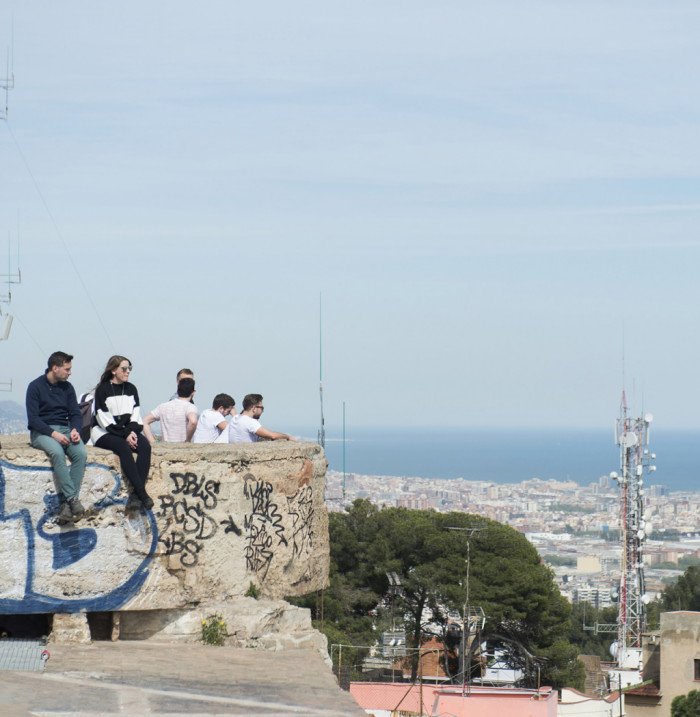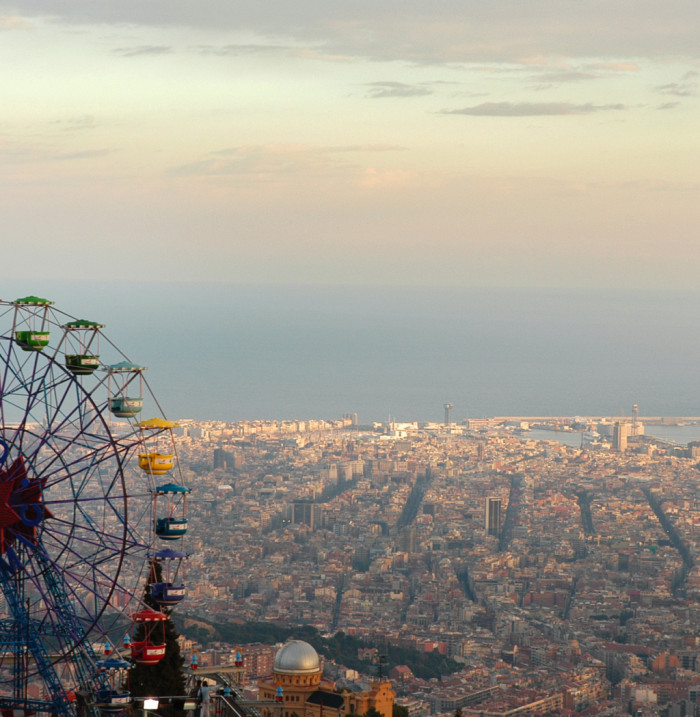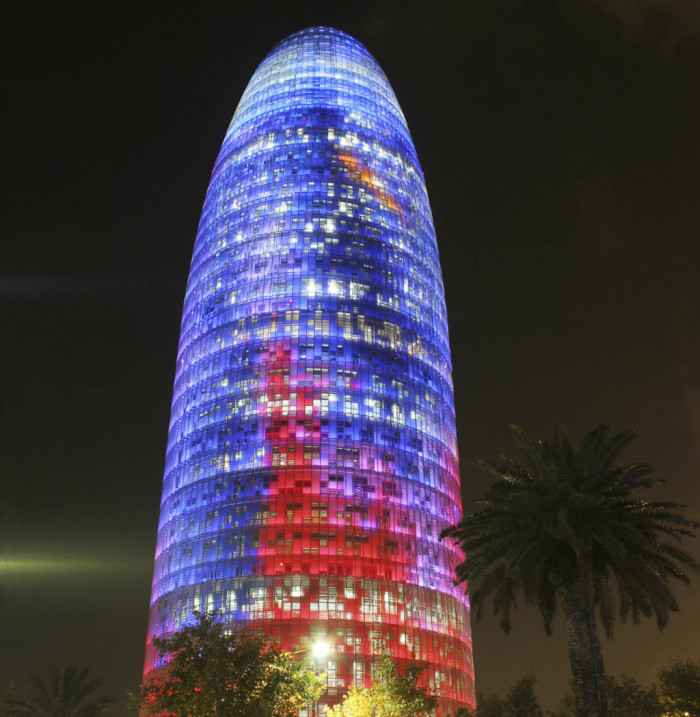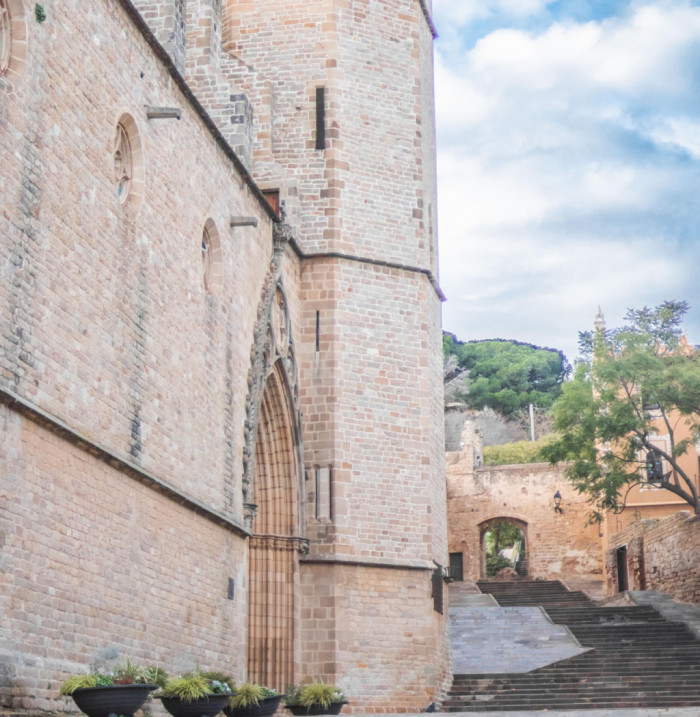- Culture
The castellers are one of the expressions of Catalan culture and are part of the Intangible Cultural Heritage of Humanity according to UNESCO.
In all popular celebrations and festivals, the Central square of any town or city throughout Catalonia and the Balearic Islands seethes and overflows with people. They wait to see the most popular and meaningful display from the Catalan culture: castellers (castle-makers).
Grouped in colles, the castellers raise human towers with complex structures and different heights, under the characteristic rhythm of the gralles (traditional pipes) and drums. Although it is unknown the exact origin of this tradition, which has similarities and possible connections with Moixiganga in Valencia and Dance of Tauste in Aragon, it has been documented since the eighteenth century, with particular relevance in the area of Tarragona and the Penedes.
A castell is composed of the following parts:
- Pinya: the first storey of the tower, formed by a large group of castellers to give the castle a solid base.
- Tronc: the main part of the castle, which can be of varying height, and in which each floor is named by level: lows, seconds, thirds, fourths, fifths and sixths.
- Pom: formed by four children, forming the top three storeys of the castle.
Dosos: the first storey in the pom, formed by two children. - Aixecador: also called acotxador or cassoleta, is the child on the penultimate storey of the castle.
- Enxaneta: the top storey of a castle, enxaneta is the child that crowns the tower and raises his arm to certify that the construction has been successfully completed.
A peculiarity of castellers is that each building has its own name, formed by the combination of the width and height of the castle. So a 3d8 is a castle eight storeys high (including the pinya and the three floors of the pom) made up of three people on each storey at the tronc. The castles of one person per floor are called Pillars, while Towers are the castles with two people on each storey. In addition, some castles can take (or not) extra reinforcements, called folre (a group of castellers surrounding the seconds), manilles (on the thirds) and puntals (which reinforce the fourths) to give greater stability at the castles of superior height, for example a 3d10 with folre and manilles.
A Castellers' day begins with the Tune of dawn, where gralles and drums play through the streets waking people. The action starts with the Tune of entrance, which warns of the arrival of the castellers to the square, followed by the Tune of castles indicating the rise of the towers. The Tune of vermouth is finally putting an end to the performance, and invites breaking ranks and enjoying vermouth before lunch.










'Patrimonio inmaterial de la humanidad'. Imprescindible y obligado asistir a una Diada Castellera o visitar un 'asaig' (ensayo o 'entreno') en su local. Más para experimentar, que para explicar en una reseña. Una gran 'pinya' para tocar el cielo...
Los Castellers son un grupo de personas que por pasión y sentimiento, forman una montaña de personas, dando su apoyo, fuerza y confianza el uno con el otro. Digno de ver y apreciar.